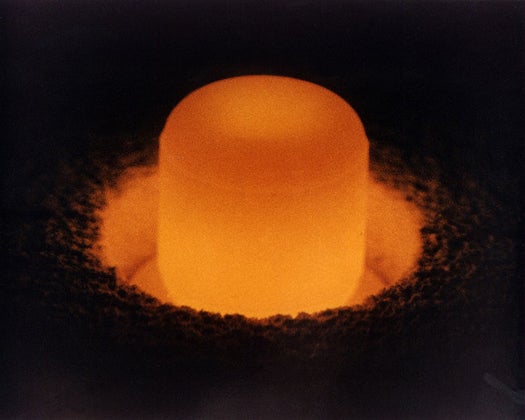Running Short on Fuel, Europeans Turn to Smoke-Detector Tech for Deep-Space Power
As rare-earth metals become less common, and as nuclear non-proliferation treaties proliferate, it may get harder to send probes into...

As rare-earth metals become less common, and as nuclear non-proliferation treaties proliferate, it may get harder to send probes into deep space. Preparing for that eventuality, the European Space Agency is stockpiling smoke-detector parts for a possible new fuel source.
Most solar system explorers use special generators that convert the heat from radioactive decay into electricity. But the world is running short on fuel, specifically plutonium-238, used to power spacecraft like the Voyagers, Cassini and the plucky Mars rovers Spirit and Opportunity. NASA has enough left for the upcoming Curiosity (Mars Science Lab) rover, but that’s about it, unless Russia wants to sell us some.
The European Space Agency is turning to americium-241, according to New Scientist. The isotope — named for the land of the free, where it was discovered in 1944 — is commonly used in household smoke detectors.
New Scientist quotes ESA’s director of science and robotic explanation, David Southwood, who says “we really don’t know of any other way to have an electric power supply going into the deep solar system.”
Americium-241 has a half-life of just 432 years, but decays more slowly than plutonium-238, which could potentially allow for longer missions, New Scientist reports. On the other hand, spacecraft would need more of it to supply one unit of power, a possible problem in an industry where every ounce matters.
ESA and NASA are planning a joint mission to Jupiter’s icy moon Europa, scheduled to launch around 2020, and the space agencies might use Am-241 for fuel, New Scientist says.